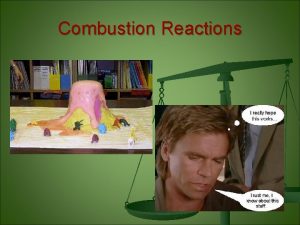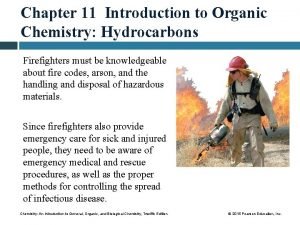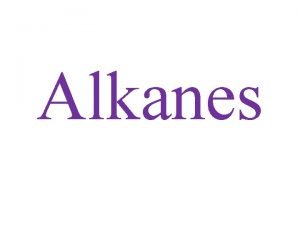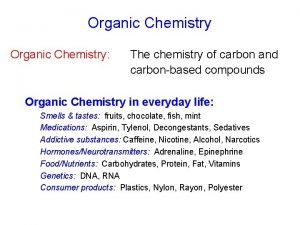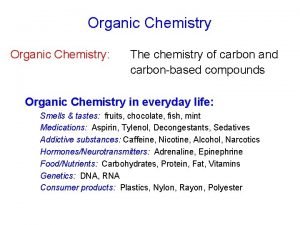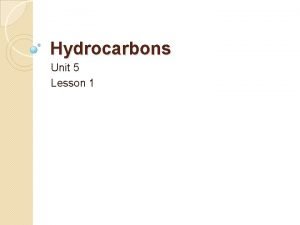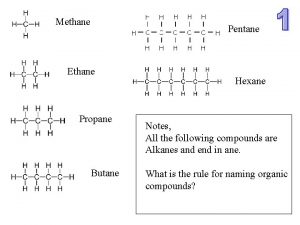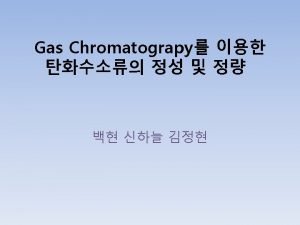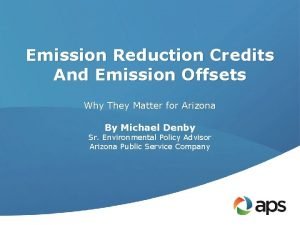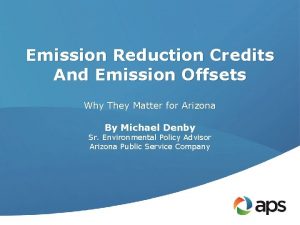The reduction of pentane emission from the expanded






- Slides: 6

The reduction of pentane emission from the expanded polystyrene industry Paul Roos Fontys University of Applied Sciences The reduction of pentane emission from the expanded polystyrene industry (Paul Roos)

Problem • The European and Dutch governments want the Expanded Polystyrene (EPS) producing industry to reduce their pentane emission into the environment. • Central question: “How can the pentane emission from the EPS industry be reduced to meet government standards” The reduction of pentane emission from the expanded polystyrene industry (Paul Roos)

Introduction This article will describe: – What EPS is (and how it is made) – What it is used for – Why pentane is introduced to the production process and how it is emitted (and thus where the problem lies) – The various ways of burning the pentane to reduce the emission into the environment (including a comparison of the various ways) – The alternatives to pentane in the production process – The effects this decision will have on the EPS industry The reduction of pentane emission from the expanded polystyrene industry (Paul Roos)

Results - 40. 500 ton of pentane is used in the EPS industry in Europe every year - If the pentane can be collected and disposed of, the reduction factor can get between 50 and 70% - The energy that is generated from the burning of pentane can be introduced into the production process elsewhere, lowering the energy demand of the production plant - Various alternatives (like water and carbon dioxide) are being investigated and introduced on a small scale to research their results - At the moment the switch from pentane to an alternative has a low rendement and is expensive The reduction of pentane emission from the expanded polystyrene industry (Paul Roos)

Conclusions - Pentane emission can be reduced by large numbers - There is research going on to introduce alternatives to pentane in the production process - The expense to change the production process prove to be very high and might trigger the beginning of the end for the smaller EPS production plants The reduction of pentane emission from the expanded polystyrene industry (Paul Roos)

Implications for the professional field • The EPS industry can’t get pass the fact that they must reduce their pentane emission by 2010. Which means that the production process has either to be altered or expanded. Both ways will generate additional costs for the industry, which will be noticeable in the purchase price of EPS. • If an alternative for pentane can be used, or the pentane is being burned and the energy introduced in the process, the energy costs for the production plant might decrease. The reduction of pentane emission from the expanded polystyrene industry (Paul Roos)

